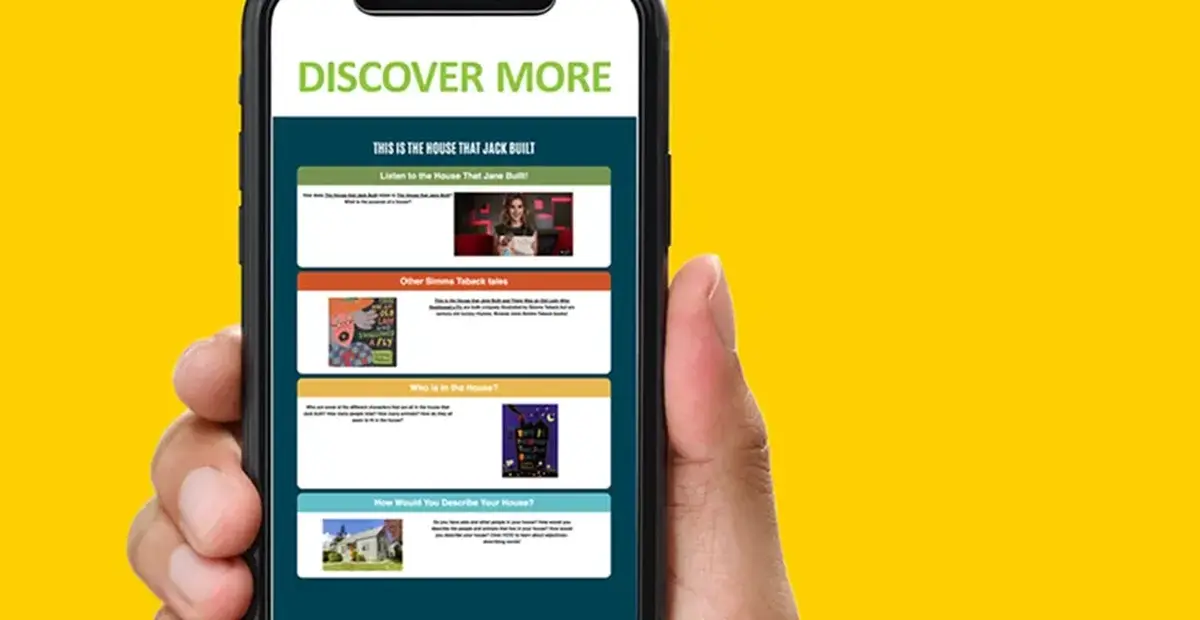Rote teaching is bad. Experimentation is good.
Getting children to learn more, quicker, and at a younger age, has been a top priority among Parents and Policy Makers. This is great. However, the trouble is that a majority of people think that most learning is done in a school setting. Parents should then act like teachers while teachers and policy makers need to justify their investment in early childhood education. Creativity, playtime and imagination corners get replaced by standardized testing and rote teaching. Learning at home then becomes focused lessons to produce particular kinds of knowledge. But what about play as a learning tool? A way for children to make new discoveries through experimentation and observation?
We don’t want to produce a bunch of students that just know how to imitate but also know how to innovate.
Children have been learning and developing for thousands of years, before the invention of schools. Observation is one of the key components to a child’s ability to learn and think critically. “Experimental studies show that even the youngest children are naturally driven to imitate.” Multiple studies have been done where adults will manipulate a particular item while young children observe. Whether it be turning a light on in a box or performing various combinations on a toy to make music. Without any explicit instruction, the young children observed and created solutions to a problem. They did not just copy mindlessly but carefully observed which motions worked to make something operate. This is “active learning”. When kids play with new toys they act like scientists performing experiments. They want to know what will give them the best results and teach them about how the world works.
Teaching has its benefits, but explicit instruction can also be limiting. When a child recognizes he or she is being taught, they are more likely just to reproduce what has been shown instead of creating something new. The kind of teaching that comes with schools and parenting these days pushes children more towards imitation and away from innovation. This information age demands creativity, but we are limiting the creative outlets for children. We need to let them learn as much as we need to teach them.
To stimulate creativity, one must develop the childlike inclination for play and the childlike desire for recognition.
It’s important for kids to think and wonder. Which is why our copyrighted discovery sheets inside each book are designed to elicit comments, ideas, and exploration. To make books come alive as learning tools. Even before kids can read, they learn about physics, motion, sequencing, processes, emotions, storylines, and different behaviors. A child’s naturally evolved ability to learn is more suited to creatively solving a problem than the teaching methods over the last two centuries. We want to encourage learning, innovation, and creativity. By allowing them to come to their conclusions, they recognize that there can be more than one way to problem solve or even think.
Kids Read Now, and elementary reading programs are designed to get parents involved in a child’s learning while letting kids observe and learn on their own. We want to produce students that know more than how to imitate. We want them to discover how to innovate. The Discovery Sheets are guides for exploration, and there is no one right answer. Rote teaching has its place, but it does not teach everything. We need to stop limiting creative outlets for children and start letting them explore their minds. Let young children get into everything and let them actively learn.



